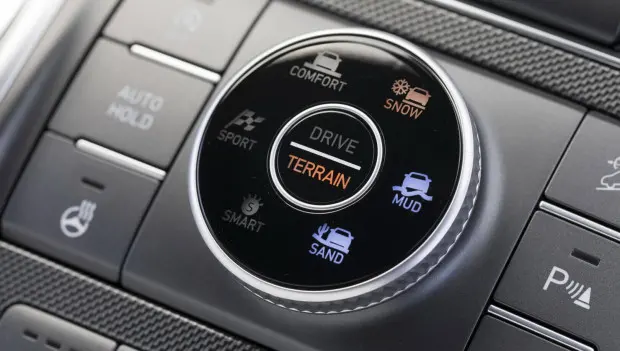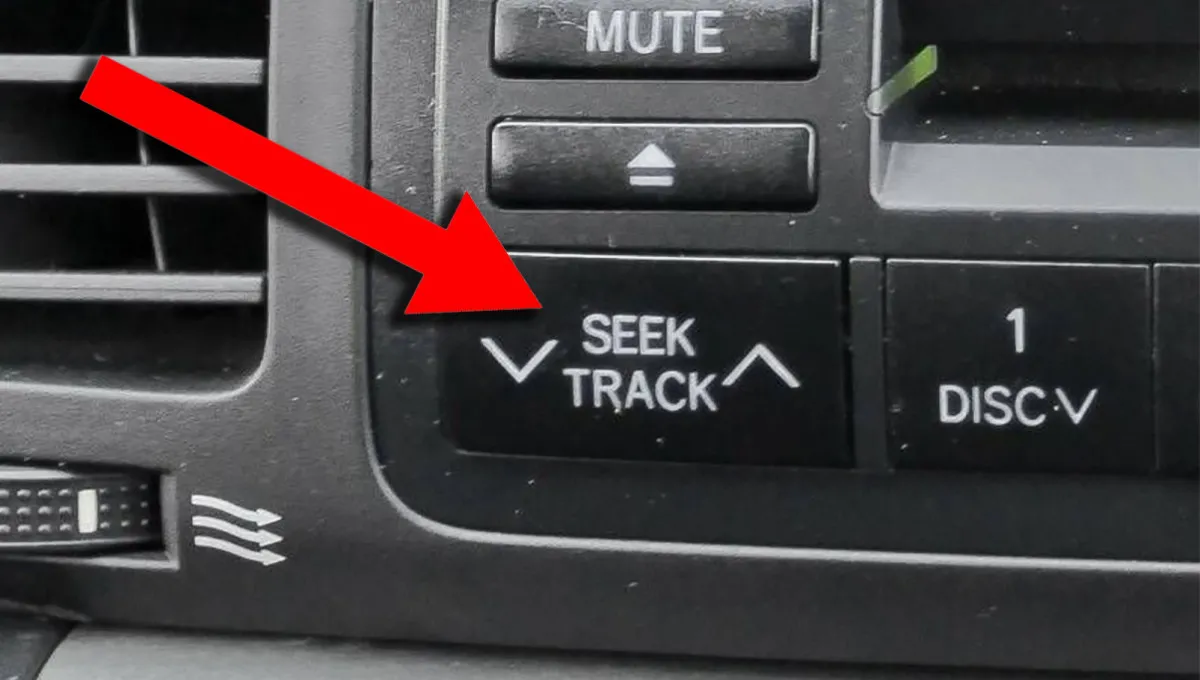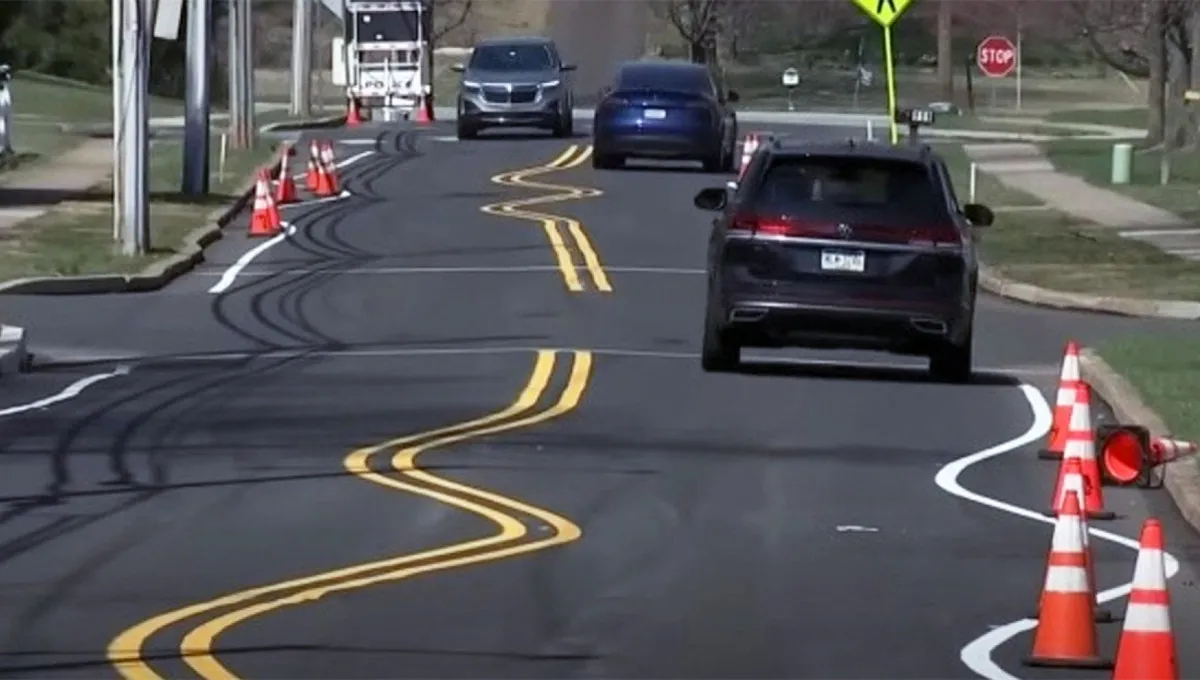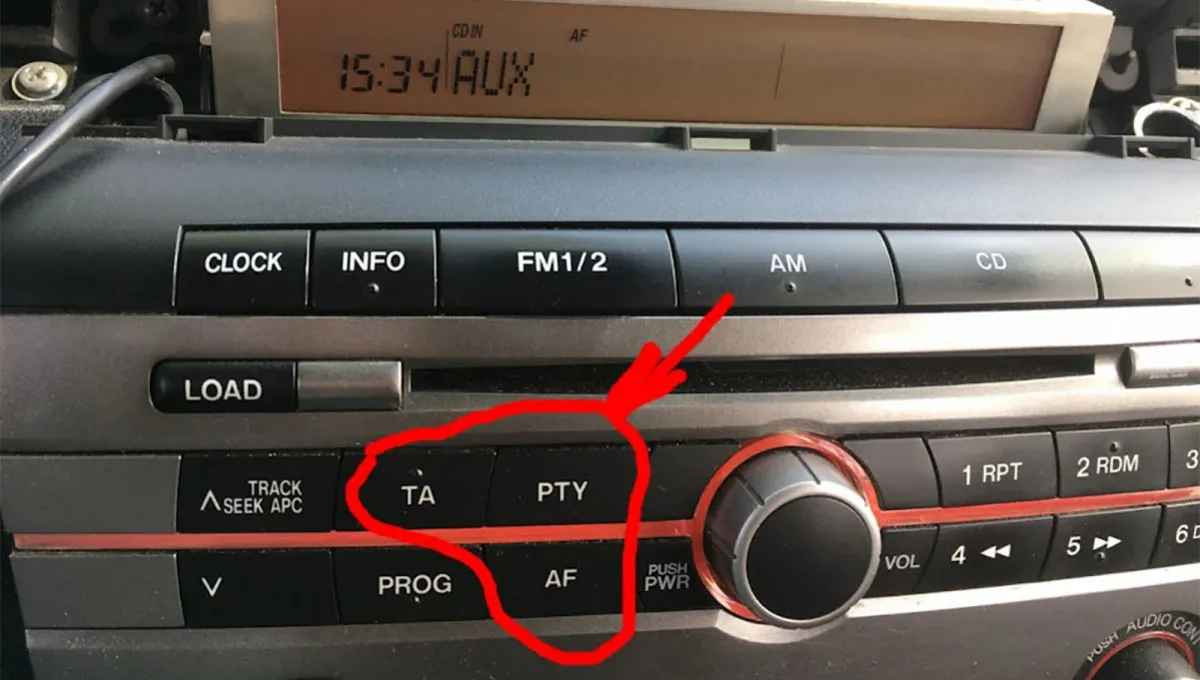Driving Modes — Eco, Sport, Snow and More: Is There Real Benefit for Americans Who Mostly Drive on Highways?
Most modern vehicles — from popular crossovers to luxury SUVs — feature a Drive Mode selector button or dial.

Most modern cars — from mass-market crossovers like the Kia Sportage, Haval F7, and Toyota RAV4 to premium models such as the BMW X5 and Lexus RX — come with a Drive Mode selector that allows the driver to change how the vehicle behaves on the road.
The most common modes:
-
Eco — saves fuel, smooths throttle response, and may limit air-conditioning power.
-
Normal/Comfort — standard setup without a focus on economy or performance.
-
Sport — sharpens throttle response, holds gears longer, and sometimes adjusts steering or suspension.
-
Snow/Winter — starts in second gear to reduce wheelspin on slippery surfaces.
-
Off-Road/Trail — found on AWD crossovers; changes power distribution and traction control to improve grip on dirt or sand.
-
Individual/Custom — lets the driver fine-tune settings for engine, steering, and suspension.
In practice, these modes don’t increase engine power — they simply change how the car’s electronics respond. They adjust throttle sensitivity, shift timing, AWD engagement, adaptive suspension settings, and traction-control behavior. For example, in the Toyota RAV4, switching to Sport affects throttle and steering but not suspension. In a BMW X5, Sport Mode also tightens the adaptive suspension and stabilizers, noticeably changing the vehicle’s character.
Tests show that the impact varies. Autoreview (2023) found that Eco Mode on the Toyota RAV4 reduces city fuel consumption by about 47–66 mpg and highway consumption by roughly 47 mpg. Turbo engines see a slightly bigger effect, while hybrids show almost none. Carwow (2023) noted that Sport Mode on the Kia Sportage improves throttle and transmission response but doesn’t boost actual power. The IIHS in the U.S. confirmed that Snow Mode on Toyota and Subaru crossovers genuinely helps on ice, reducing wheelspin and improving control at low speeds. MotorTrend (2022) observed that Off-Road Mode in the Hyundai Santa Fe and Kia Sorento effectively redistributes AWD torque for better movement on sand and mud.
Real benefits depend on the model. Vehicles like the BMW X5/X6, Mercedes GLE, and Lexus RX genuinely alter suspension, steering, sound, and transmission behavior between comfort and sport. Toyota RAV4 and Subaru Forester drivers report that Snow Mode truly helps with icy starts and parking. Hyundai Santa Fe and Kia Sorento X-Line adjust AWD smartly for light off-roading.
In contrast, some systems seem more like marketing. On Haval F7/F7x and Chery Tiggo 8 Pro, the modes feel nearly identical. On early Kia Seltos and Hyundai Creta models, switching from Eco to Sport only tweaks throttle sensitivity with little effect on fuel economy.
Each mode has its upsides and downsides. Eco makes driving smoother and saves some fuel but won’t work miracles — driving style still matters more. Sport increases responsiveness for passing and highway driving but raises fuel use and can feel jerky in traffic. Snow Mode eases starts on slippery surfaces but doesn’t turn a crossover into a winter off-roader. Off-Road Mode helps on dirt or gravel yet can’t overcome ground-clearance limits. Many budget and Chinese crossovers show minimal change, as confirmed by multiple tests.
Is it worth paying extra for these features? If drive modes come bundled with key upgrades like AWD or adaptive suspension, then yes — they add real value. But for cars offering only Eco and Sport toggles, the difference is mostly convenience, not performance. For drivers who regularly face snow, ice, or dirt roads, functional Snow and Off-Road settings are far more important than a flashy mode selector.
You may also be interested in the news:

Why U.S. School Buses Have Black Stripes on the Sides — And What They’re Really For
At first glance, it’s hard to imagine what could be so interesting about American school buses.

What M+S Means on Tires—and When It’s Actually OK to Drive on Them
Among the many symbols stamped on tire sidewalls, you’ve probably seen M+S. Here’s what it really stands for.

The Seek Button in Your Car: What It Does and When to Use It
Some vehicles have a button labeled “Seek.” It’s helpful to know what it’s for and how it works.

The Language of the Road: Why Lane Markings Come in Different Colors Around the World
Let’s break down why different colors are used on road markings—and how their meanings vary from country to country—without diving into the fine print of traffic laws.

What Are Those Mysterious Buttons on Your Car Stereo For? Many Drivers Don’t Even Use Them
Most people drive, listen to the radio, and have no idea what some buttons and functions actually do.